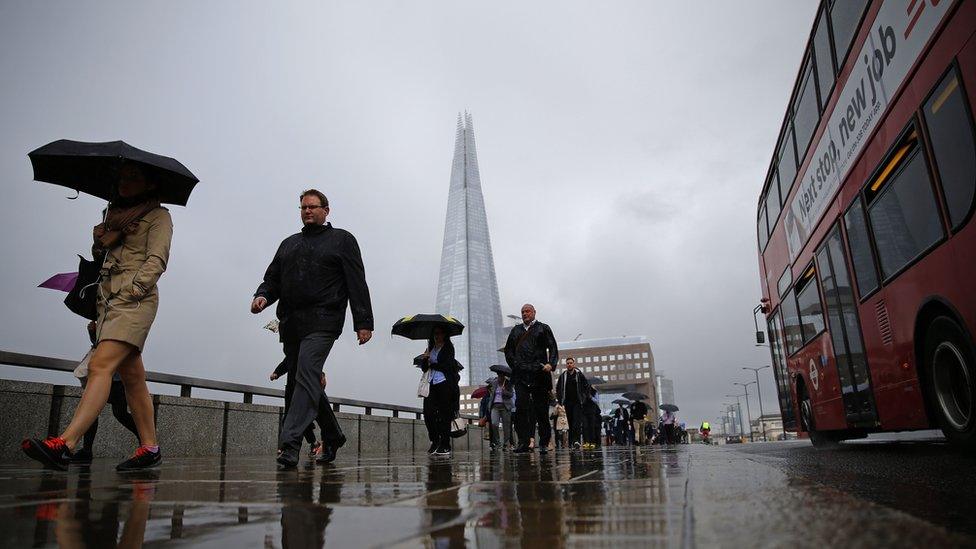Five models for post-Brexit UK trade
- Published
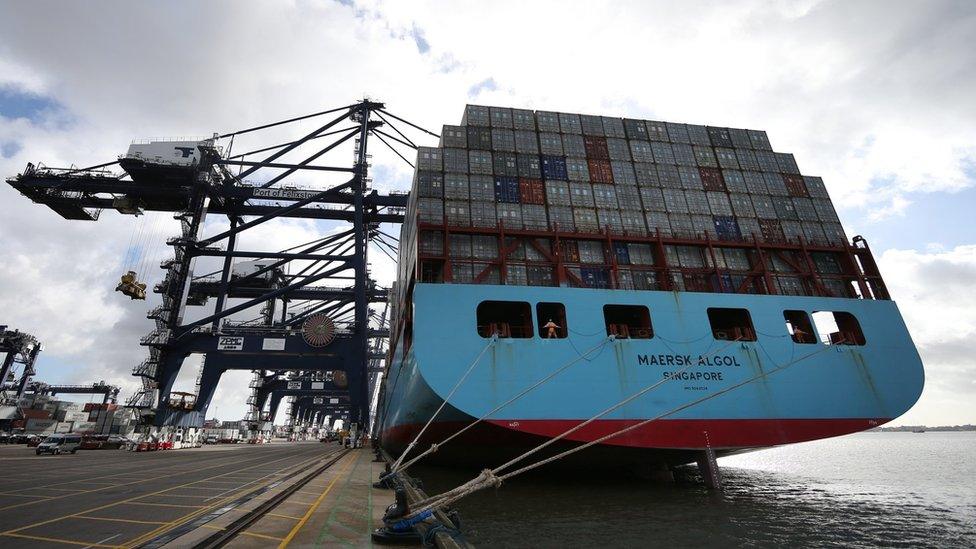
How will a future UK outside of the EU treat imports from around the world?
After the UK voted to leave the EU, the country faces the prospect of having to establish new trade relationships - both with the remaining 27 EU members and other countries around the world.
As a member of the EU, the UK has been included in trade deals the EU has negotiated. There are 22 trade agreements between the EU and individual countries, and five multi-lateral agreements covering multiple countries.
This means that if the UK wants to retain preferential access to the markets of the 52 countries covered by these agreements, it would have to renegotiate trade deals with all of them.
Britain is a large market, so there is a clear incentive for other countries to negotiate a deal. Advocates of Brexit argued that it would be in nobody's interest to interrupt the current trading partnerships.
But which of the other models discussed as potential post-Brexit options for the UK are realistic?
Read more:
The UK's trade deal challenges
Reality Check: Who has access to the single market?
Reality Check: Would UK have to make new trade deals?
Reality Check: Could there be free trade without free movement?

1. The Norway model
Member of European Economic Area, full access to single market, obliged to make a financial contribution and accept majority of EU laws, free movement applies as it does in the EU
Could Norway model work for UK?
Norway is a member of the European Economic Area (EEA) - the single market - along with the 28 current EU members, Liechtenstein and Iceland.
In return for that access to the single market, it pays a contribution to the EU budget and has to sign up to all the rules of the club - including its common regulations and standards.
People from across the EU are free to live and work in Norway too, but the country is exempt from EU rules on agriculture, fisheries, justice and home affairs. The downside for Norway is that it has no say over how the rules of the single market are created.
Senior Leave campaigner and Tory leadership hopeful Boris Johnson wrote in the Telegraph on Sunday that the UK would continue to have access to the single market, external.
But would this be possible while also reducing immigration and cutting costs, as many Leave campaigners want?
Ireland's Finance Minister Michael Noonan has said the UK is unlikely to secure full access to the single market unless it continues to allow free movement of labour.
And a senior German MP and ally of Chancellor Angela Merkel, Michael Fuchs, told the BBC that it would be possible for Britain to maintain access but at a price.
"The per capita fee of Norway is exactly the same as what Britain is now paying into the EU," he said. "So there won't be any savings."

2. The Switzerland model
Member of the European Free Trade Association but not the EEA, access to EU market governed by series of bilateral agreements, covers some but not all areas of trade, also makes a financial contribution but smaller than Norway's, doesn't have a general duty to apply EU laws but does have to implement some EU regulations to enable trade, free movement applies
Imogen Foulkes reports from Geneva: ''Swiss relations with the EU are tricky''
Switzerland has a free trade agreement with the EU and a number of agreements which give it access to the single market for most of its industries.
But it does not have full access to the single market for its banking sector and other parts of the services sector, which together make up almost 80% of the UK economy.
Its agreement also requires the free movement of people.
The Swiss voted against joining the EEA in December 1992.
Instead, the country, which sells over 50% of its exports to the EU, has agreed more than 120 bilateral agreements with Brussels, designed to secure Swiss access to Europe's markets.
Switzerland contributes billions of dollars to EU projects. Its bilateral deals are now in danger of unravelling over the question of free movement of people, after a referendum two years ago went in favour of restricting the number of workers arriving from the EU.
While no such restriction has yet been implemented, Brussels retaliated swiftly, stalling agreements and freezing participation in education projects.

3. The Turkey model
Customs union with the EU, meaning no tariffs or quotas on industrial goods exported to EU countries, has to apply EU's external tariff on goods imported from outside the EU
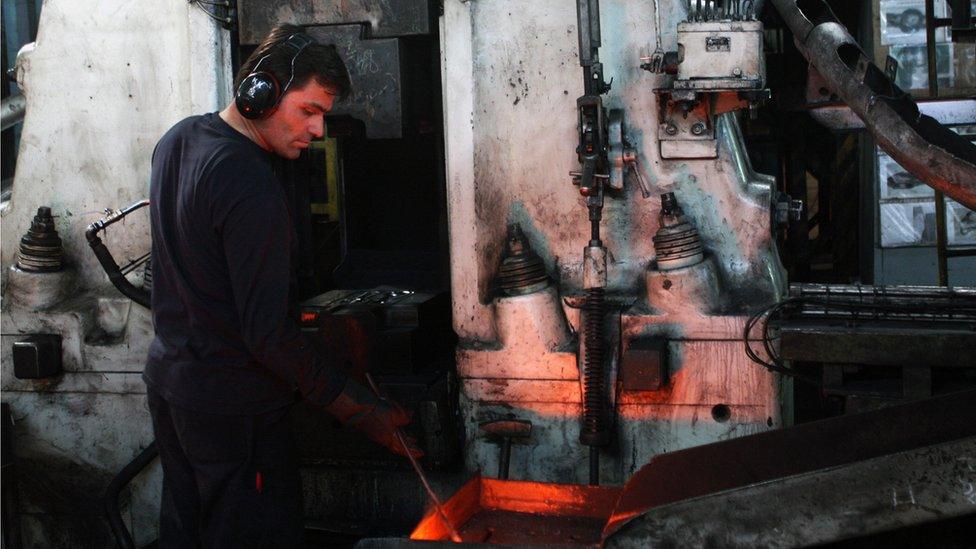
Turkey is not part of the EEA or the European Free Trade Association but does - like tiny Andorra and San Marino - have a customs union with the EU.
This means it faces no tariffs (taxes or duties on imports and exports) or quotas on industrial goods it sends to EU countries.
The customs union does not apply to agricultural goods, or services.
Turkey also has no say on the tariffs it has to impose on goods it imports from non-EU countries, as it has to apply the EU's common external tariff to those goods (and is not involved in setting it).

4. The Canada option
Ceta free trade deal with the EU has yet to come into force, gets rid of most tariffs on goods, but excludes some food items and services, and stipulates need to prove where goods are made
Gavin Hewitt looks at Canada's trade deal with the EU
The Comprehensive Economic and Trade Agreement (Ceta) between the EU and Canada is not yet in force, although it has been in the making for seven years.
It gives Canada preferential access to the EU single market without all the obligations that Norway and Switzerland face, eliminating most trade tariffs. However, some "sensitive" food items, including eggs and chicken, are not covered by it.
Canadian exporters will have to prove that their goods are entirely "made in Canada", which imposes extra costs, to prevent imports entering the EU through a "back door".
The services sector is only partially covered by Ceta.
Crucially, a Ceta-type deal would not give UK financial services the EU market access that they have now. It would be hard for London-based banks to get "passporting" rights for their services in the EU - rights that they value hugely now.
It would also mean that firms that export to the EU would have to comply with EU product standards and technical requirements without having any say in setting them.
And critics of such a plan point out that the UK has a complex web of ties to the EU - much more than Canada.
Reality Check: Would Canada's deal with the EU be a good model for the UK?

5. The Singapore and Hong Kong approach
City states do not impose import or export tariffs at all - a unilateral free trade approach
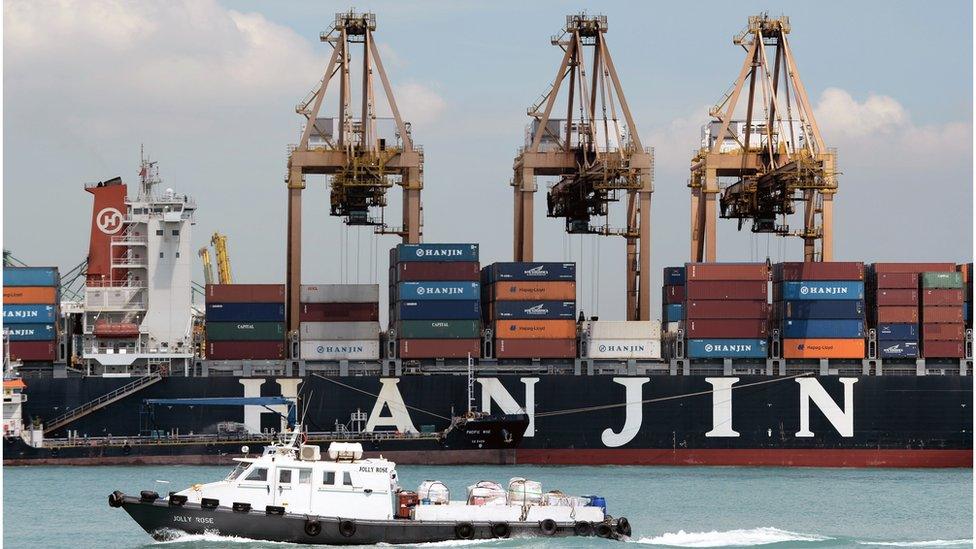
Singapore is a major trading hub
Some advocates of Brexit have said the UK should adopt a unilateral free trade policy - dropping all tariffs and relying on the World Trade Organisation's framework - as reported by the Financial Times, external.
For example Hong Kong's free trade policy means the Chinese special administrative region maintains no barriers on trade. The Hong Kong government says, external it "does not charge tariff on importation or exportation of goods. Import and export licensing is also kept to a minimum."
This approach may have some appeal to Brexiteers whose ideology favours no trade restrictions.
It would be likely to gather less support from disaffected Labour voters and left-wing critics of the EU.
No tariffs of any kind could have a strongly negative effect on the UK's agriculture and manufacturing sectors, as importing goods such as food and steel would in many cases be cheaper than producing them in the UK.

The default: World Trade Organisation rules
WTO sets rules for international trade that apply to all members, no free movement or financial contribution, no obligation to apply EU laws although traded goods would still have to meet EU standards, some tariffs would be in place on trade with the EU, trade in services would be restricted
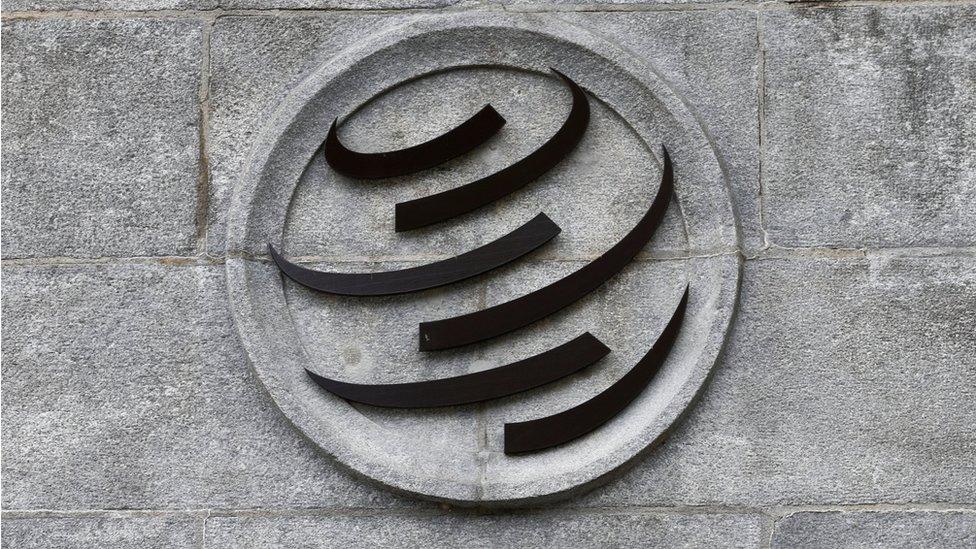
If talks - with the EU and others - do not reach a deal before Brexit takes effect, trade rules would default to World Trade Organisation (WTO) rules.
The UK and EU would be obliged to apply to each other the tariffs and other trade restrictions they apply to the rest of the world.
That is because the WTO rules allow countries to discriminate in favour of a trade partner only in a limited number of circumstances - including a full bilateral trade deal.
- Published19 June 2016
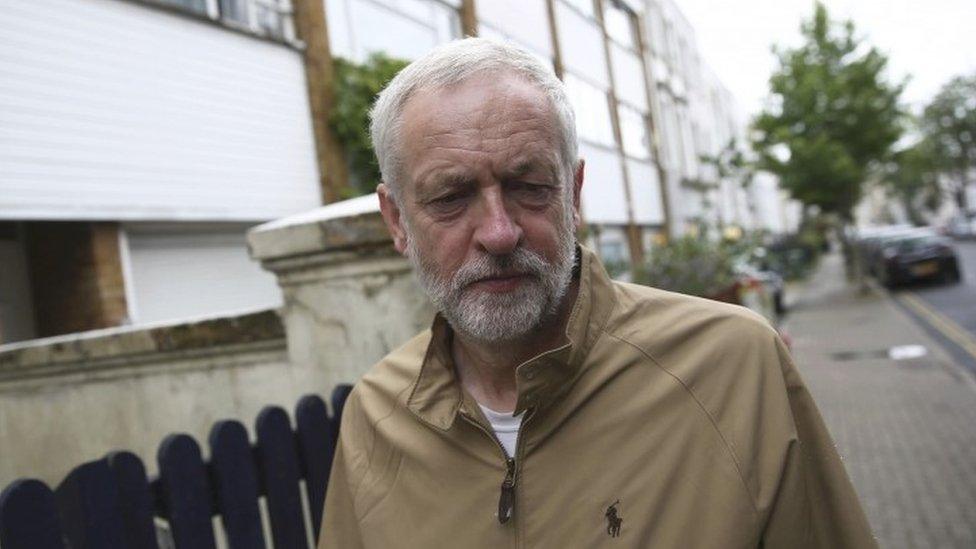
- Published27 June 2016
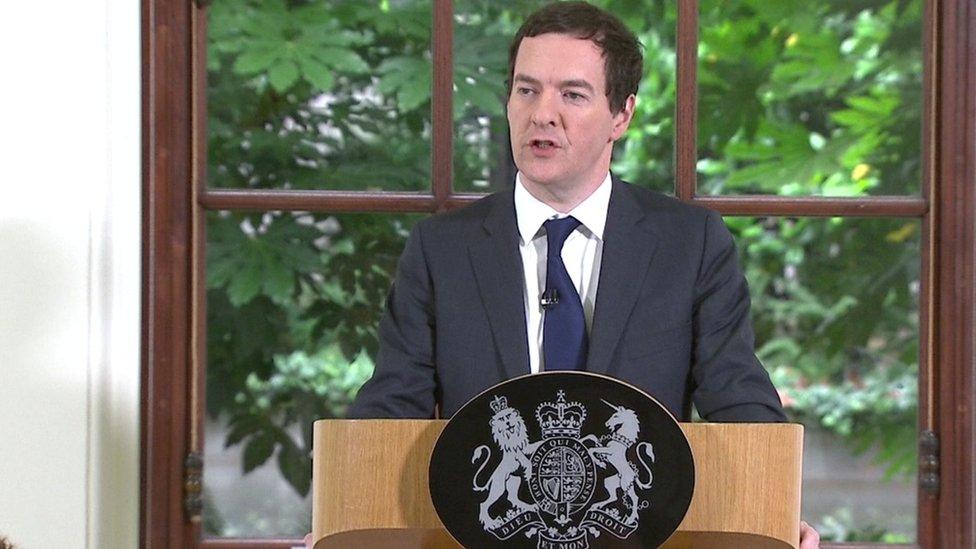
- Published27 June 2016
